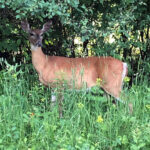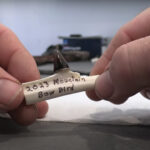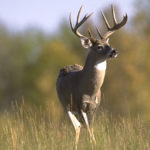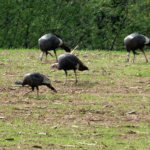We often hear about the second rut and the opportunities that arise during the second cycle of the breeding period for whitetail deer. But are there really that many does that haven’t been bred to make a significant difference in the second cycle?
I reached out to deer guru, Brian Murphy, for some answers on how many unbred does hunters can expect for the second rut. He shared some insight on the numbers of deer being bred in the initial rut period, and what hunters might expect for the leftovers.
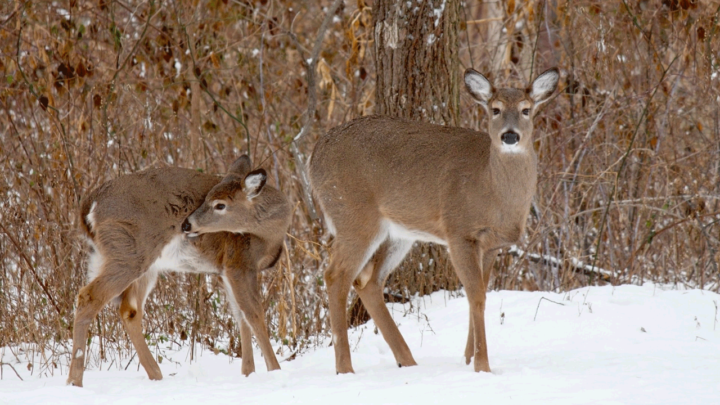
What Are the Leftovers?
So how many does go unbred from the first cycle, and become leftovers for the second rut? Well, we first need to take a look at the breakdown of doe groups to better know which does are being bred, and when.
Murphy says there are three main groups to consider when looking at breeding does. Fawns, 1 ½ – 2 ½ year old does, and 2 ½ and older. Which age range does the majority of the breeding? As you might expect, it’s typically the older age class of does.
“Mature does are really good at getting bred in the first cycle,” says Murphy. “We’re talking roughly 4 or 5 does for every racked buck. The older does have the experience. They’ve been through it. They know the process, and they’re very efficient at being covered by a buck.”
Here’s a look at how the age class breaks down:
Fawns – 0% – 60% breed in first year – Breeding in first rut cycle is pretty much non-existent.
1 ½ – 2 ½ – 70% – 100% breed each year. Cycle later than the 2 ½ and older class. Less does being bred than the 2 ½ and older, but majority of these does are still bred in first cycle.
2 ½ and Up – 90% are bred in a given year. Most mature does are bred in first estrous cycle.
So for the most part, the does that aren’t bred in the first estrous cycle are younger deer. They are the 1 ½ year old does that tend to come in later, as well as early-bloomer fawns that reach puberty before the rut.
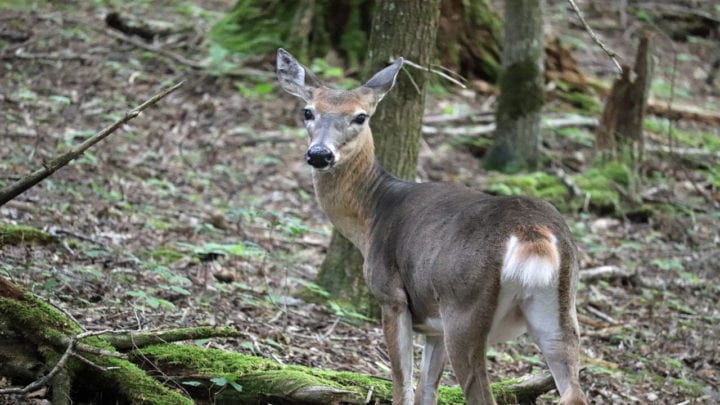
What is puberty for the whitetail doe?
“Deer reach puberty at roughly the 60-pound mark,” says Murphy. “Fawns are capable of being bred when this happens before the rut cycle.”
This is why hunters will experience bucks chasing fawns in mid-December, January, and even February.
How common is it for a fawn to be bred in their first year?
“Summer fawns being bred is a small percentage,” says Murphy. You can expect 5%-10% in the southeast, on up to 20%, depending on the area. States like Iowa may see 50% because of their herd quality, age structure and number of fawns on the ground.”
A Look at the Variables
When we start to break down the number of does that go unbred from the first cycle, it’s important to consider the variables. Not all regions are the same. Buck to doe ratio comes in to play. It all depends on where you are in the country. The southeast will not experience the same ratios as what hunters in the Midwest will experience each year.
“The Midwest will always have a good second rut each year because of the great age structure of the herd, high number of fawns, and good buck age structure,” says Murphy.
Murphy also says that if you have a low quality deer herd, and less bucks to cover the does, you may see an increase in activity during the second rut. However, you may not see your target buck as less bucks will now be roaming the woods at this point of the season.
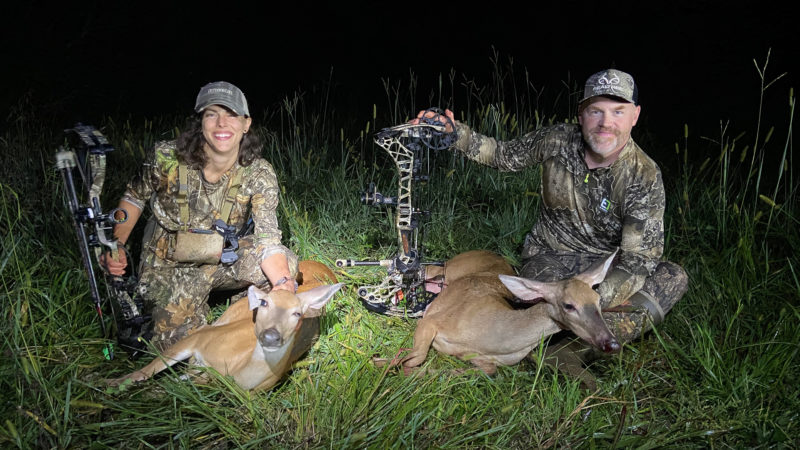
Will a Doe Seek out a Buck?
“Does will definitely seek out a buck when she’s ready,” says Murphy. She won’t want anything to do with him otherwise, but in those 1-2 days when she’s ready, she’ll seek out a buck as much as he seeks her.”
Final Thoughts
The bottom line is, young or old, there will be does running around the woods mid-December and January that haven’t been bred yet. No, it’s not as intense of a rut as the first cycle. But, you can bet, when a hot doe comes by, she’ll have every buck in town on her heels.
So though it’s few and far between, when it does happen, it can make for quite the show – and a great opportunity to punch a late season tag if you’ve still got one in the pocket.

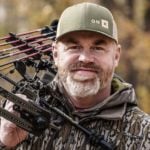 By
By 